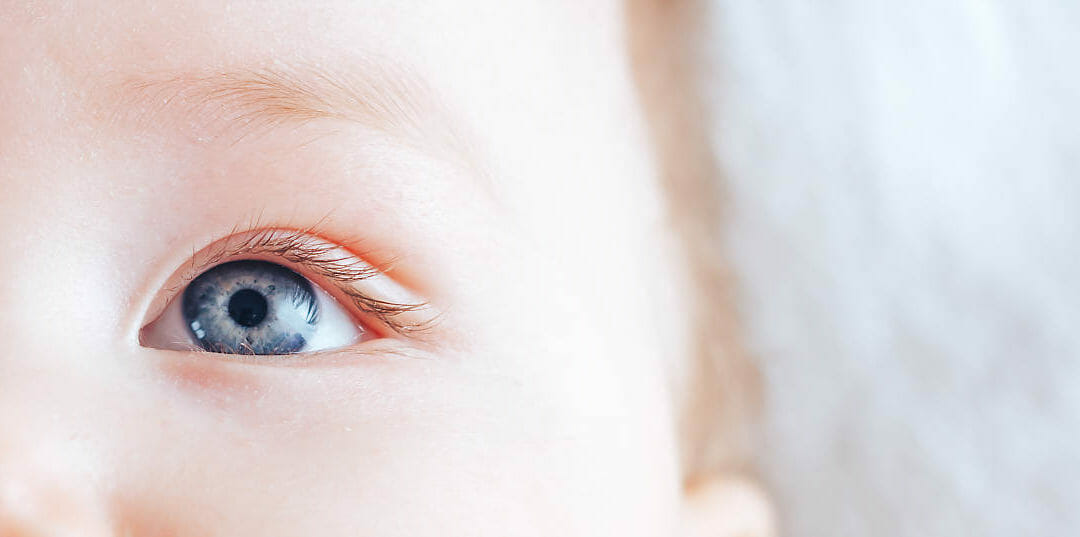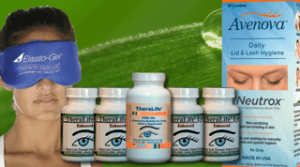 A chalazion, or white or yellow spot, is an inflammation of the eyelids. It is a sign that you have blepharitis. The gland retains oil if something blocks an eyelid oil gland. The chalazion becomes infected when it hardens. An ophthalmologist can perform a chalazion removal procedure.
A chalazion, or white or yellow spot, is an inflammation of the eyelids. It is a sign that you have blepharitis. The gland retains oil if something blocks an eyelid oil gland. The chalazion becomes infected when it hardens. An ophthalmologist can perform a chalazion removal procedure.
What to do After Treatment
While chalazion treatment is not necessary, it is beneficial to follow the doctor’s recommendations. First, patients should avoid touching the affected area until it begins to drain. A physician may recommend eye drops or a steroid injection if the chalazion appears to be very large. Depending on the risk factors, surgery may also be an option. A chalazion may be removed if it causes pain or other problems.
Therapies
Some therapies can reduce inflammation and ease pain. If this fails, you may try applying a warm compress on the eyelid for 10-15 minutes each day. Make sure that the compress is made with lukewarm water. The glands beneath the eyelid secrete a meibum oil, which helps to lubricate your eyes. If the meibomian gland becomes blocked, it can leak and grow, creating a cyst.
If the lump becomes visible or is large, you should consult an eye doctor. You can try applying warm compresses to it if it isn’t draining by itself. Heat will soften the oil, allowing it to drain. Once the it drains, it will be a sign of healing. It is important to not squeeze the lump. It can spread to the eye opposite.
Treat Your Dry Eyes To Stop Chalazion
Since chalazion is caused by blocked oil glands – also called meibomian gland dysfunction. Root cause of both is chronic dry eyes.
Treat your dry eyes to prevent recurrence and help with fast recovery.
At-Home Remedies
A warm compress is a good way to drain chalazion. However it is important to not push it with fingers. If it does not swell when you push it, you should seek medical attention. It is likely to disappear on its own, without treatment, within one month.
It may be uncomfortable, but it is usually harmless and will go away by itself. Do not squeeze it as this can cause more damage and possibly lead to another chalazion. A medical diagnosis will be necessary. Although chalazion can be annoying, it isn’t usually painful. If the bump is not draining properly, it should also be removed.
A warm compress can also be applied to the chalazion to ease pain. The compress should only be used four times daily. It will help unclog the pores of your meibomian gland which secretes oil onto the eyelids. If the chalazion goes untreated, it will usually go away in a few weeks. If the chalazion goes untreated, it can be very annoying, cause infection, or affect your child’s sight.
A warm compress is a good way to get rid of it. The warm compress will soften hardened oils in the area and allow the oil glands drain. The warm compress should then be applied to the affected areas three to six times per day. If the swelling continues to persist, a cold compression may be applied to the area to relieve the pain. The chalazion should disappear once it has drained.
It may be treated using a hot compress to ease the discomfort. The hot compress can also reduce swelling. To encourage fluid to drain from the eyelids, a warm compress should be applied to them. This will help it to go away. Warm compresses will reduce the chance of future complications and scarring.
Conclusion
An infection in the oil glands inside the eyelids may also cause a chalazion. An antibiotic can be prescribed to treat an underlying hordeolum. Uninfected bump is not usually treated with surgery. However, it is important to treat it as soon as possible if it becomes severe.
References
1 Chalazion. www.guysandstthomas.nhs.uk/our-services/eye/patients/eye-patient-leaflets.aspx. Accessed July 10, 2015.
2 Goawalla A, Lee V. Clin Experiment Ophthalmol. 2007;35(8):706-712.
3 Ben Simon GJ et al. Am J Ophthalmol. 2011;151(4):714-718.
4 Ben Simon GJ et al. Ophthalmology. 2005;112(5):913-917.
5 Hayashi N et al. Virchows Arch. 1994;424(5):503-509.
6 Abboud IA et al. Exper Eye Res. 1968;7(3):383-387.
7 Chen L et al. Am J Ophthalmol. 2014;157(5):1103-1108.





